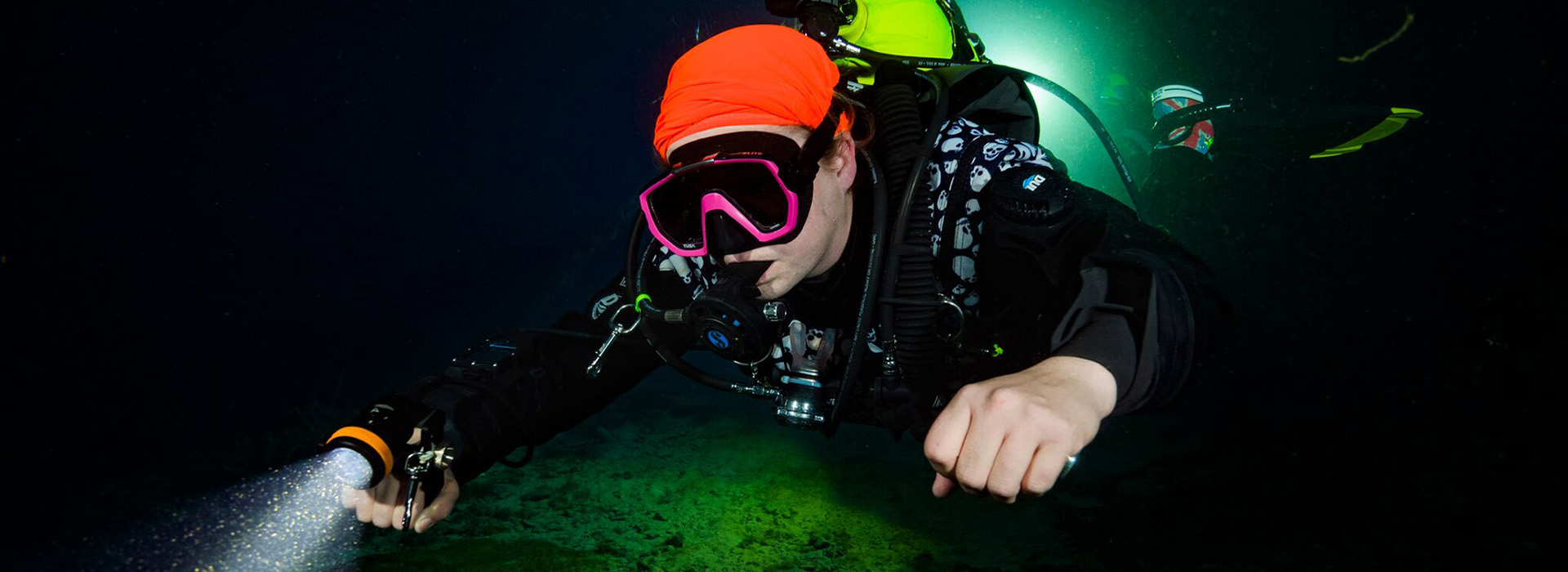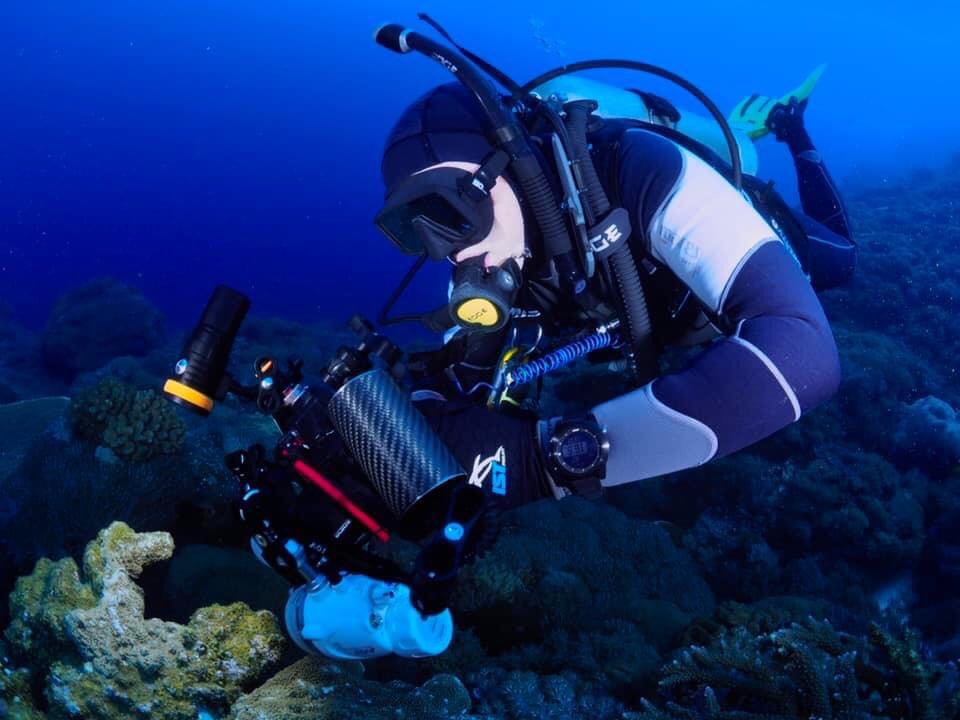Corals in Keelung Tidal Bay are Damaged by Tourists, Sea Fans Appear Broken
Media Reports
China News Service, July 15. According to Taiwan's "United Daily News", the slowdown of the epidemic and the hot weather have led to a surge in divers in the Wanghai Lane Chaojing Bay Reserve in Keelung City. Broken rose coral and other phenomena caused by divers.
OrcaTorch waterproof flashlight is widely popular among potential friends who like to dive in and take photos, and the big fan is popular too. But there are broken branches and a large mesh-shaped hole, which makes the conservation staff feel distressed.
According to the Haike Museum, Chaojing Bay has become a popular location for water activities in northern Taiwan. There are a variety of water activities here, including free diving, snorkeling, scuba diving, and stand-up paddle. Most of these divers like to use underwater flashlights. But at the same time as the crowd increased, a large sea fan, which was widely used by diving friends to check in and take photos, first appeared broken, and the sea fan also broke a net-shaped hole.
In addition, through the underwater live broadcast of the Ocean Science Museum, I also saw that scuba divers with poor underwater buoyancy control would kick off a piece of coral inadvertently; and scuba divers with cameras and diving strobe lights were too focused on taking pictures, and their frog feet Will kick all the way to the underwater live camera, almost broke the camera.
After the good news such as the spawning of sponges and the emergence of the blue octopus in the marine resource reserve, there have been regrets recently. The phenomenon of man-made damage such as fractures of large fans and broken rose corals in the bay has been requested by the city government and relevant units to investigate and deal with it.
The Haike Museum pointed out that the growth of sea fans is extremely slow. Sea fans with a diameter of more than 1 meter need more than 5 to 60 years to reach such a size. Now, due to human factors, this sea fan has been kicked or smashed like this. broken.
Then another diver reported that the beautiful rose coral garden was also smashed into a hole, and it was found that free diving had set a floating and unstable anchor in the water, which would hit the coral at any time when approaching the reef area.
The Ocean Science Museum reminds those engaged in underwater activities in the bay to keep an eye on the surrounding corals and creatures, as well as the location of the recording facilities, whether they are setting anchors or conducting activities, so as to prevent further damage and avoid penalties.
Chen Sufen, the curator of the Ocean Science Museum, called on the public to carry out water activities without trace, which is also the concept of underwater eco-tourism play.

